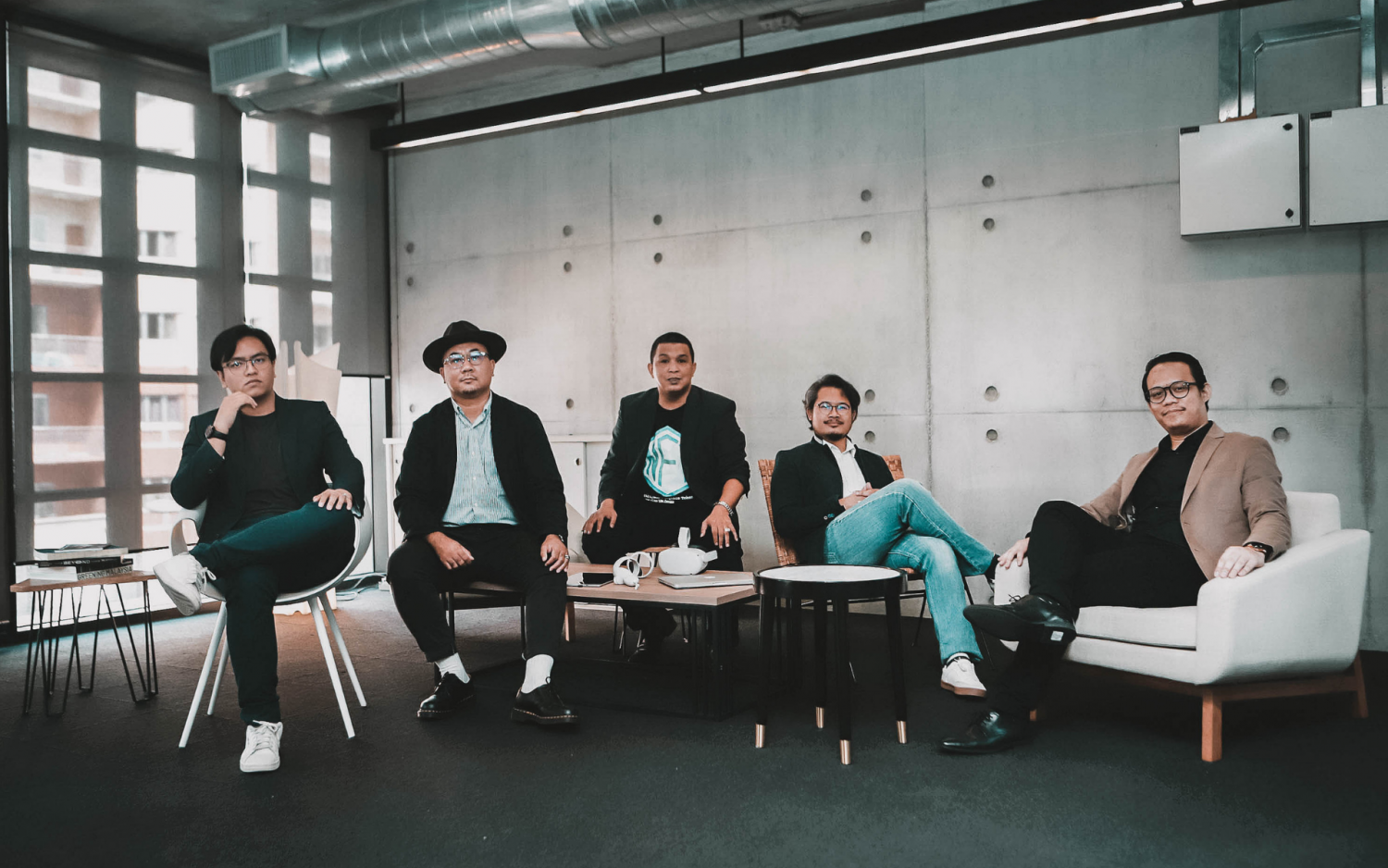Qhawarizmi Architect’s non-fungible terraces visualises a digital home that is built on blockchain to allow owners to socialise and work in the metaverse. In the first part of this interview, Tatler Homes finds out more about this concept
Qhawarizmi Architect's winning proposal for Sime Darby Property’s Concept Home 2030 put forward the concept of non-fungible terraces. This disruptive concept of homes visualises a digital home that is built on blockchain that allows owners to socialise and work in the metaverse—and one that can be eventually translated into the physical world.
An architectural design and research strategic outfit based in Cyberjaya, Selangor, Qhawarizmi Architect position itself as a strategic consulting firm that revolves around spatial and built environment to arrive at a solution. Led by Ar. Qhawarizmi Dato Norhisham, the firm specialises in formulating exceptional spatial solutions for ever demanding issues in the built environment, particularly in areas relating to housing, sustainable food, and human interaction with technology.
Thus far, the firm has won multiple national and international design competitions. One significant win was the Penang Bay International Ideas Competition where the firm proposed transforming the Penang waterfronts into a new economic zone with Sustainable Development Goals in mind; it beat a team from the prestigious UK Bartlett School of Planning.
Recently, Qhawarizmi and his team took home the first prize winner for Sime Darby Property’s Concept Home 2030 Competition. Tatler speaks to Qhawarizmi about the winning concept.

How did the idea for non-fungible terraces come about?
The idea of non-fungible terraces derived from the urgent need to rethink terrace housing in Malaysia. For many Malaysian families, terrace houses are an aspirational life purchase. Ironically, purchasing high ticket items are less democratic, less personalised and have less options.
If you observe some of the common high-ticket items we buy in our lives starting from a smartphone, a car and then a home, variants or options are becoming narrower. That is the paradox we try to invert, by enabling and empowering purchasers to craft, customise and possibly personalise the biggest purchase of their life.
The term NFT was borrowed from the technology associated with blockchain, that refers to cryptographic tokens that exist on a blockchain and cannot be replicated.
The individualistic nature and democratisation of expression enabled by the technology is what the next iteration of terrace house has been waiting for. Currently, mainstream adoption of NFT technology revolves around digital art, and slowly more and more utilities are introduced with them. But I believe there is a huge potential of adoption to Malaysian terrace houses in many levels of its lifecycle.
Don't miss: You Can Soon Live in the World’s First Real-Life NFT Luxury Mansion in Miami


